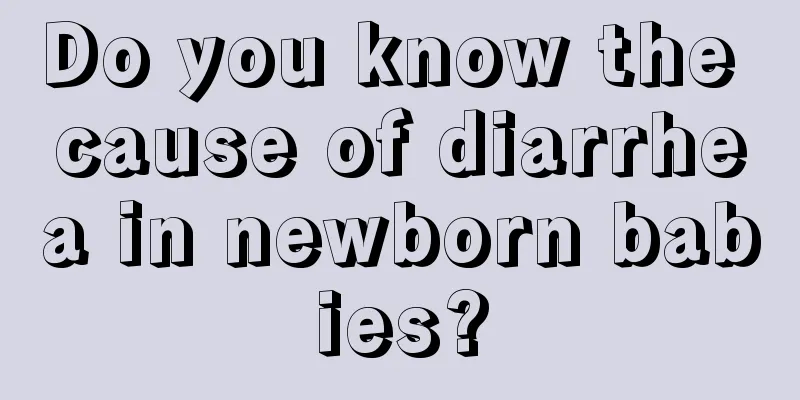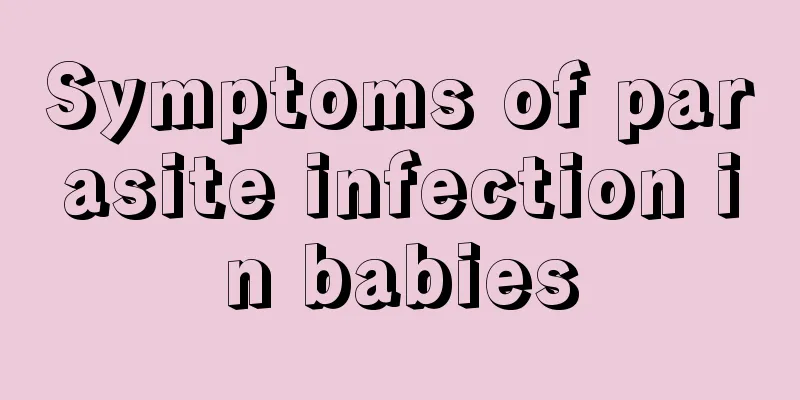The incubation period of hand, foot and mouth disease, remember this knowledge!

|
Hand, foot and mouth disease will not show symptoms in a very short period of time. There is usually an incubation period of several days. At the beginning, the patient will not have obvious symptoms. As the disease progresses, the patient will successively develop symptoms such as coughing, runny nose, and loss of appetite. 1. Generally, hand, foot and mouth disease has a short incubation period of only 2 to 5 days. In the early stage of the disease, the whole body symptoms will feel relatively mild, but occasionally there may be some adverse symptoms such as low fever, cough, runny nose, drowsiness, headache and loss of appetite. 2. Afterwards, painful small blisters appear on the mucous membranes of the cheeks, gums, hard palate, tongue, lips and pharynx in the mouth. They are surrounded by red halos. The blisters can merge with each other and quickly rupture, forming white erosions and superficial ulcers. The pain of the ulcers affects the child's feeding or eating, and the amount of saliva increases. 3. Skin lesions often appear at the same time as or later than oral lesions, and are scattered or densely distributed on the palms, soles and buttocks, appearing as macules or papules with red halos around them, no obvious tenderness, and small blisters in the center, which are yellow-white oval in shape. The blisters are as big as rice grains or peas, isolated and not fused, with thick and tense blister walls, which usually dry and form scabs after a few days. This disease can be cured after 1-2 weeks. Some children may also experience symptoms such as abdominal pain and diarrhea. 4. The diagnosis of hand, foot and mouth disease is actually very easy, but it is worth noting the differentiation between hand, foot and mouth disease and other herpes diseases, such as herpetic stomatitis, erythema multiforme, and herpetic pharyngitis, which have similar symptoms to hand, foot and mouth disease. 5. Treatment is generally symptomatic. First of all, you must maintain oral hygiene and rinse your mouth with light salt water after eating to prevent secondary infection; take oral antiviral drugs such as Isatis root, antiviral oral liquid, etc.; those with secondary infection can take antibiotics. |
<<: Hand, foot and mouth disease precautions, these behaviors must not be
>>: How to prevent hand, foot and mouth disease? Medical experts tell you the answer!
Recommend
How to treat constipation in young children?
It is not uncommon for young children to suffer f...
Can children eat Ganoderma lucidum spore powder?
There are more and more types of health care prod...
What fruit is best for children?
Children's immunity is generally low, so they...
How to treat cough caused by viral cold in children?
Children are a group that is very prone to catchi...
What is the cause of the red pimples on the child's face?
Children are very difficult to take care of becau...
Why do newborns hiccup?
There are always many problems with newborns, and...
Why is my baby's testicles small?
Many parents will find that their baby's test...
What are the symptoms of hypothyroidism in children?
When the thyroid gland is underactive, it is medi...
What is the reason for a four-month-old baby to cry suddenly when sleeping?
Many children are not distressed during the day, ...
Why are baby teeth black?
Many people have experienced a similar situation,...
How to tell if a child has stomach worms
In real life, many children do not pay attention ...
What to do if your child has a high fever and a sore throat
In life, it is very common for children to have a...
What are the tips for keeping healthy for children in spring?
During such a sensitive period as spring, the bod...
Baby's scalp is hot but forehead is not hot
Babies have relatively less hair on their heads, ...
How to massage a child with fever
Children's physical health can easily be affe...









